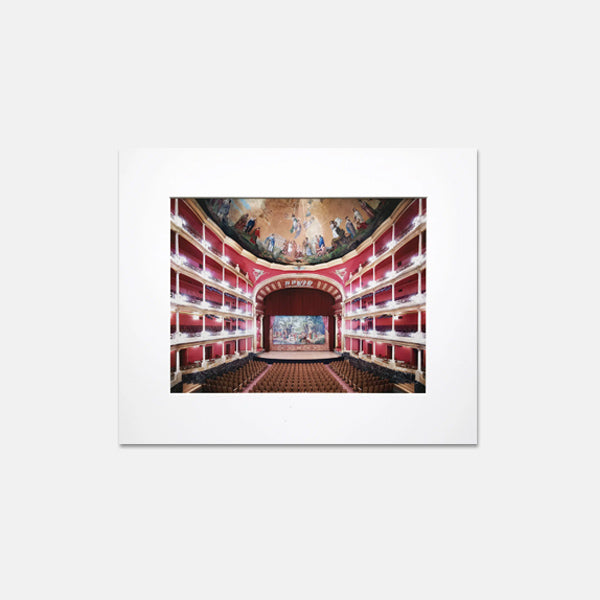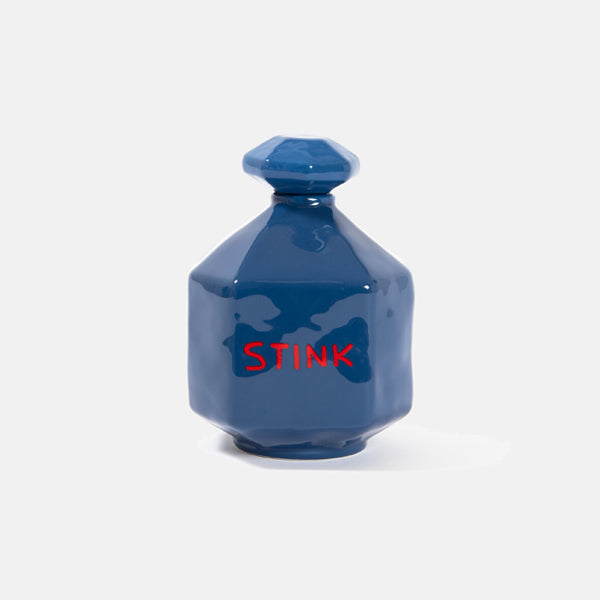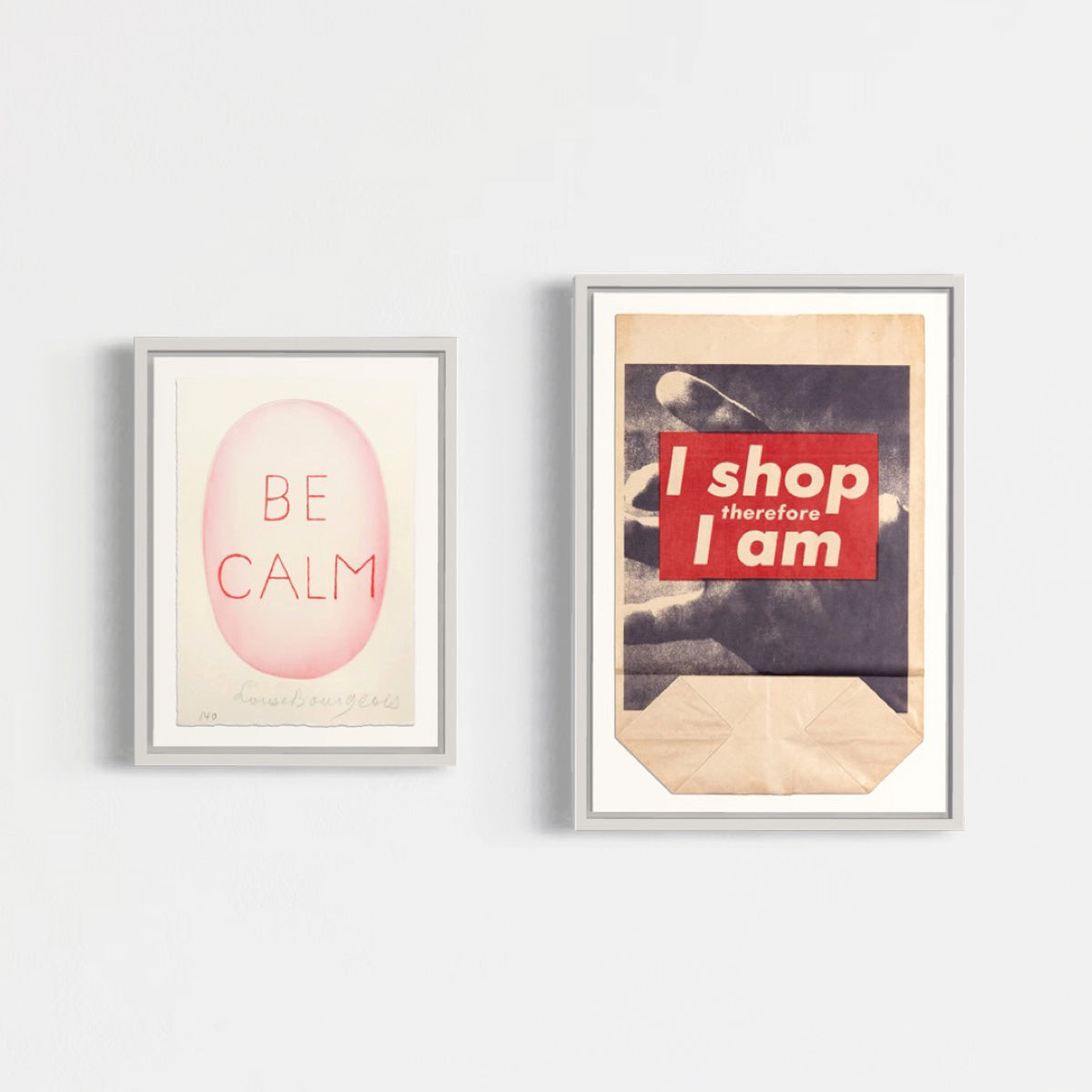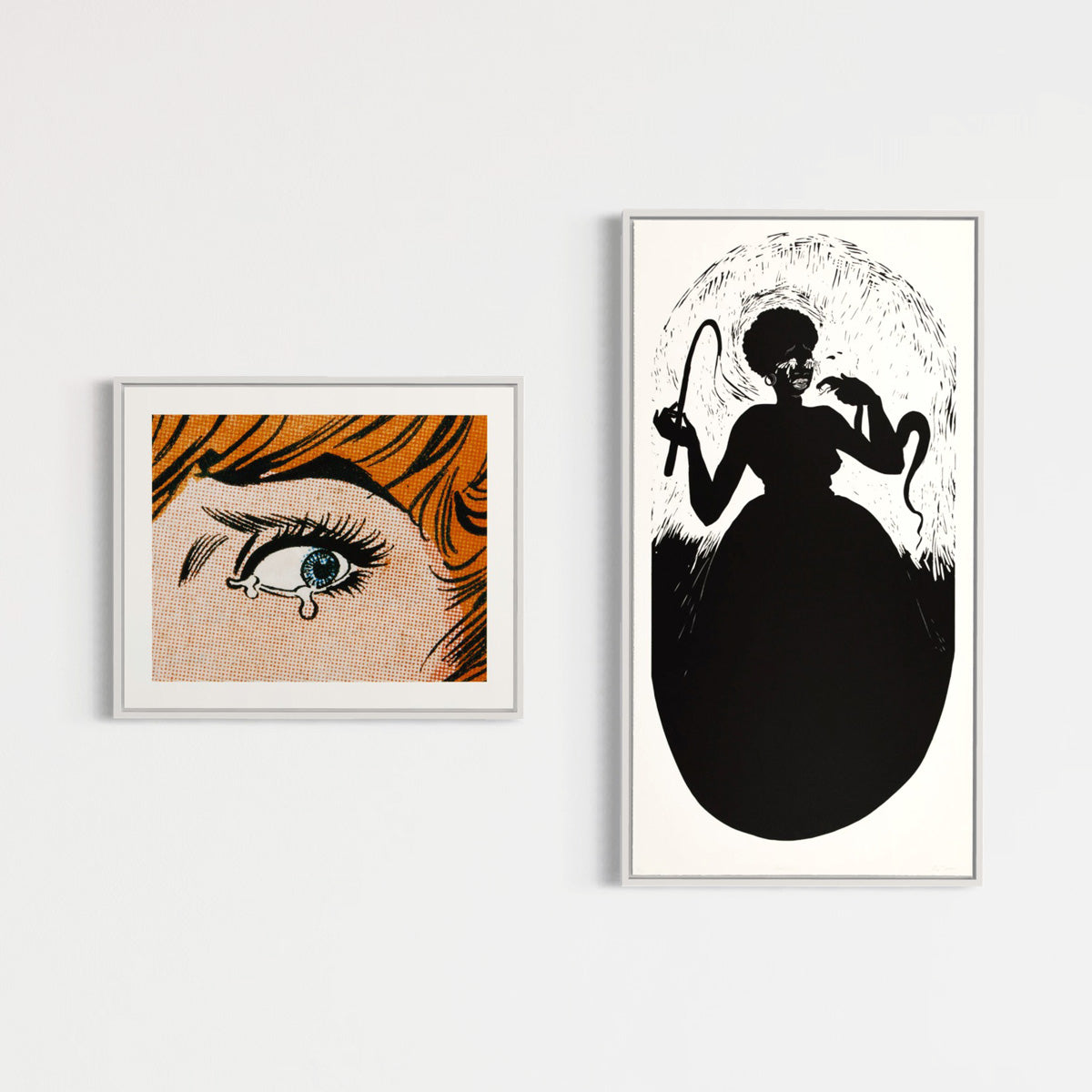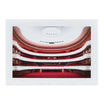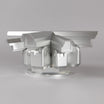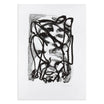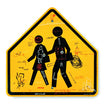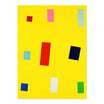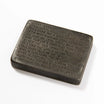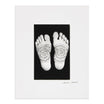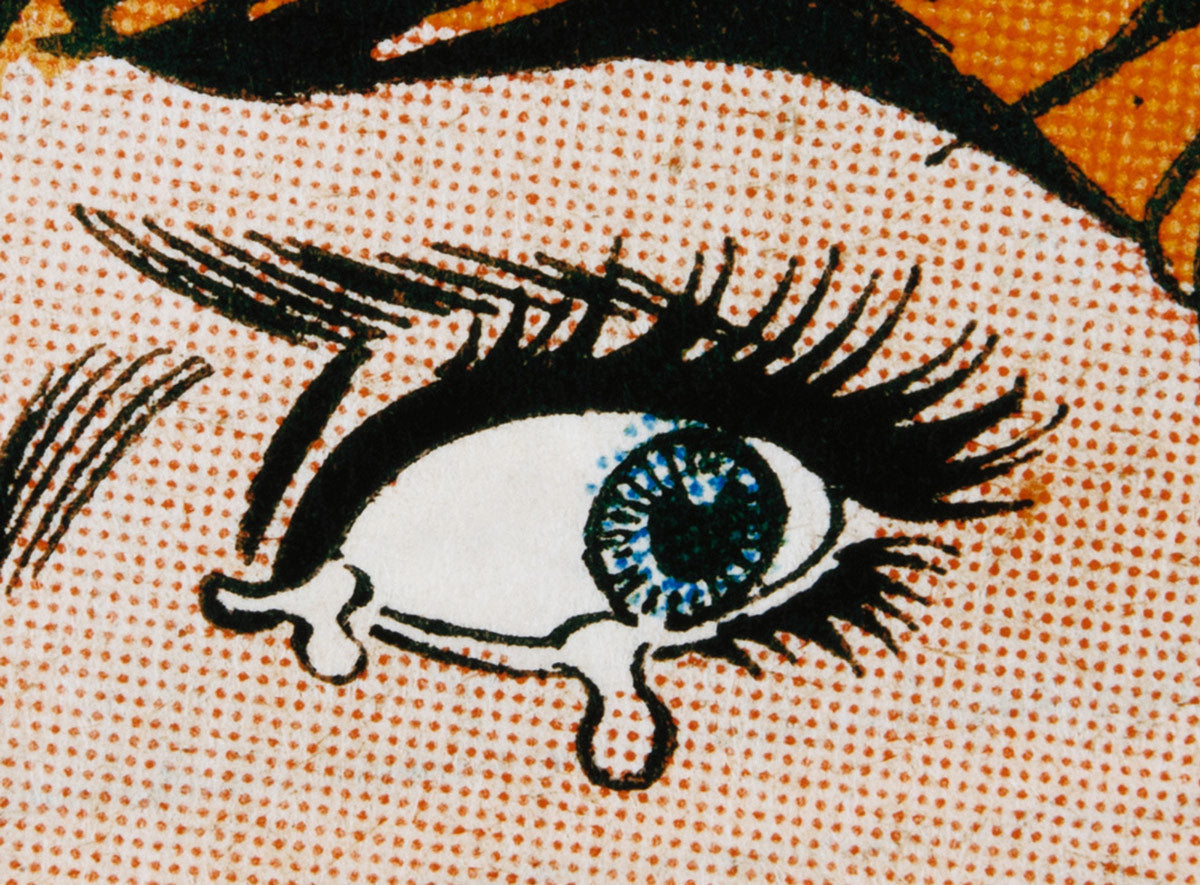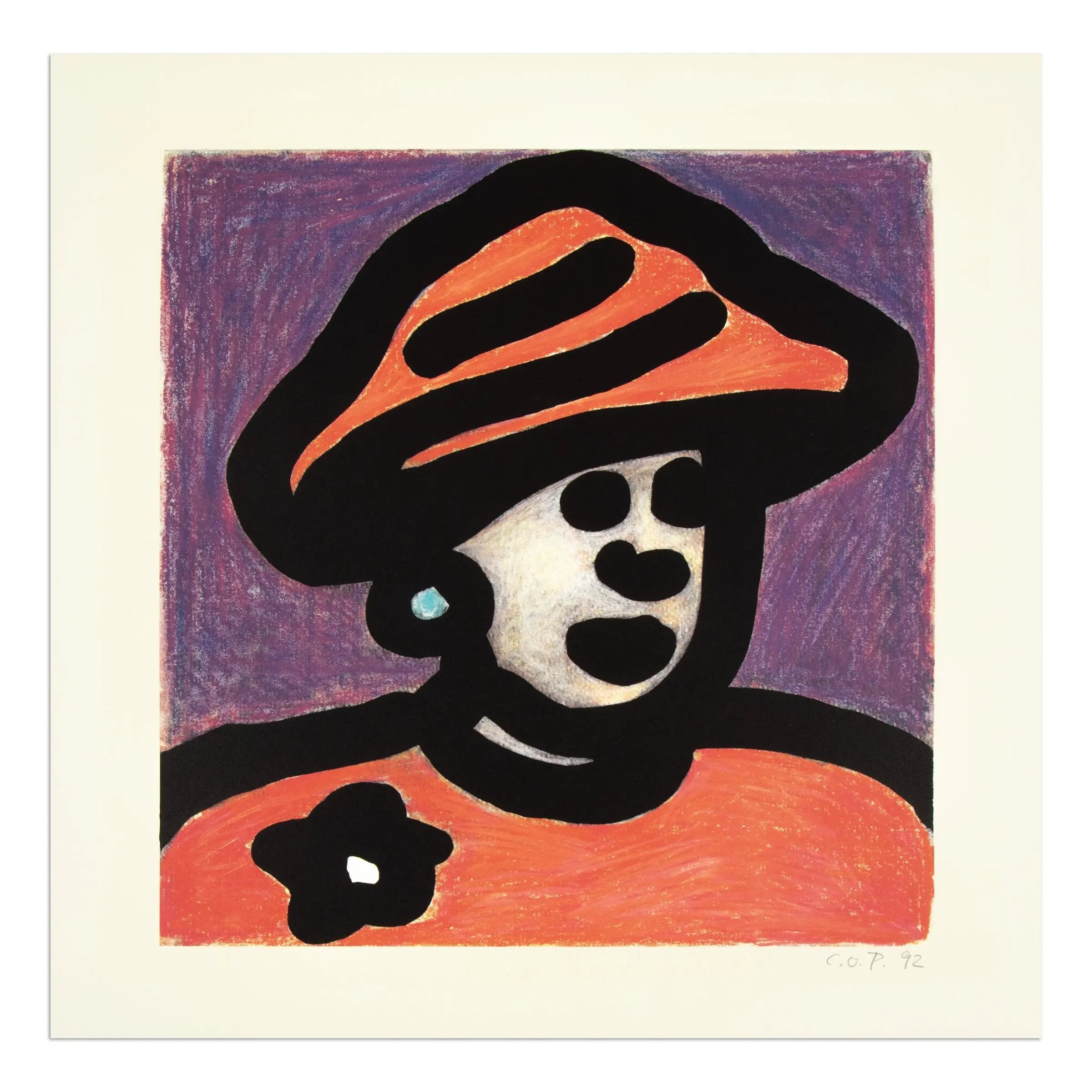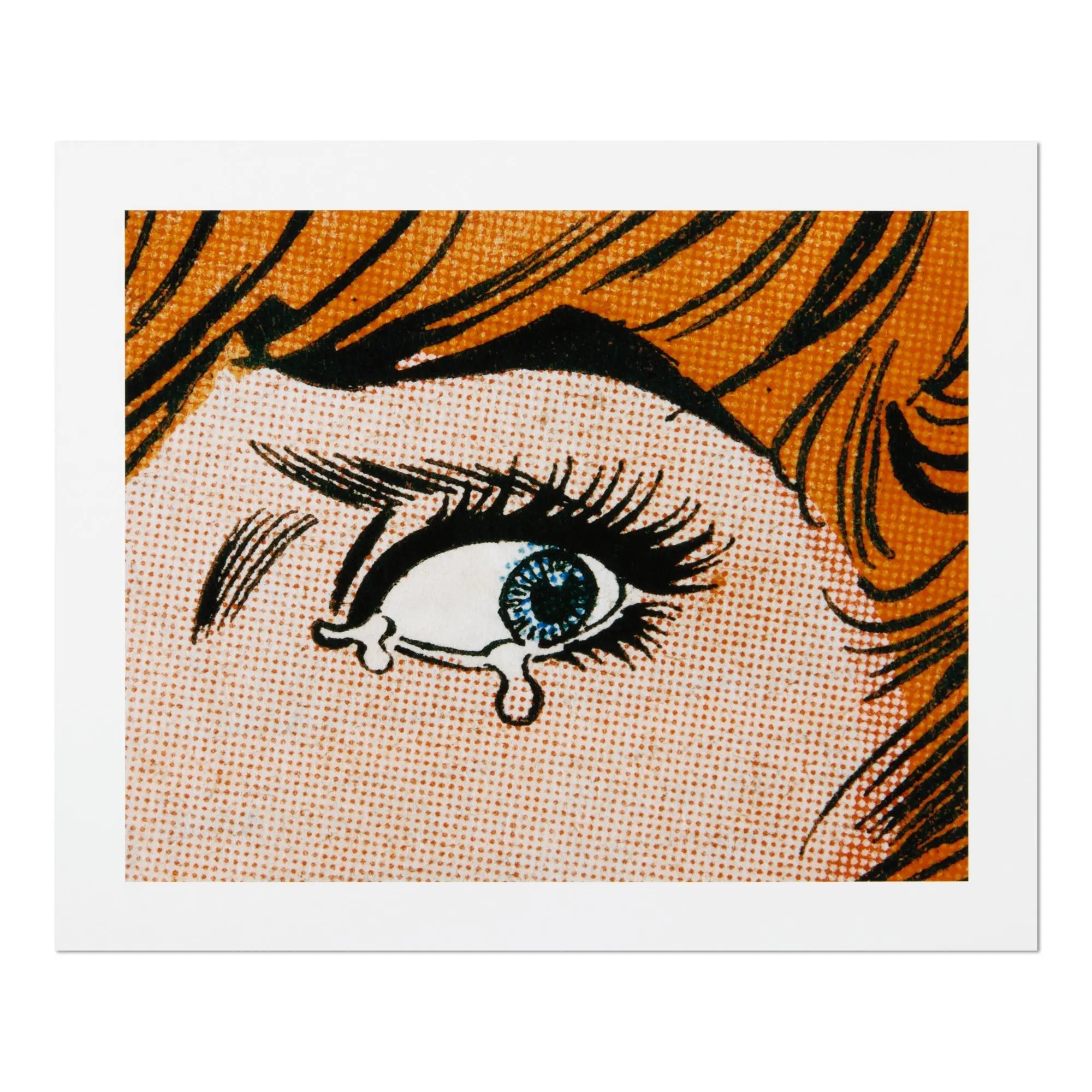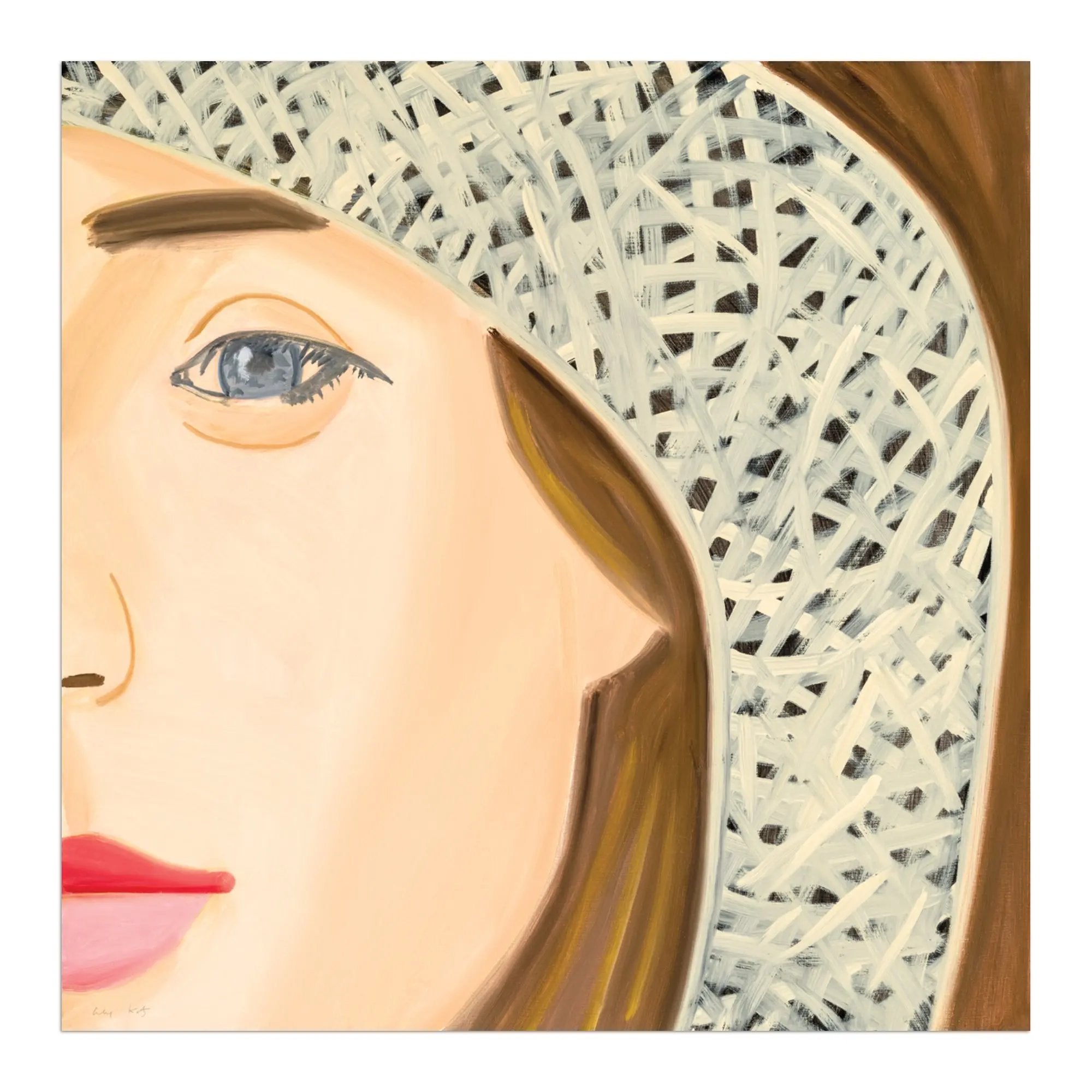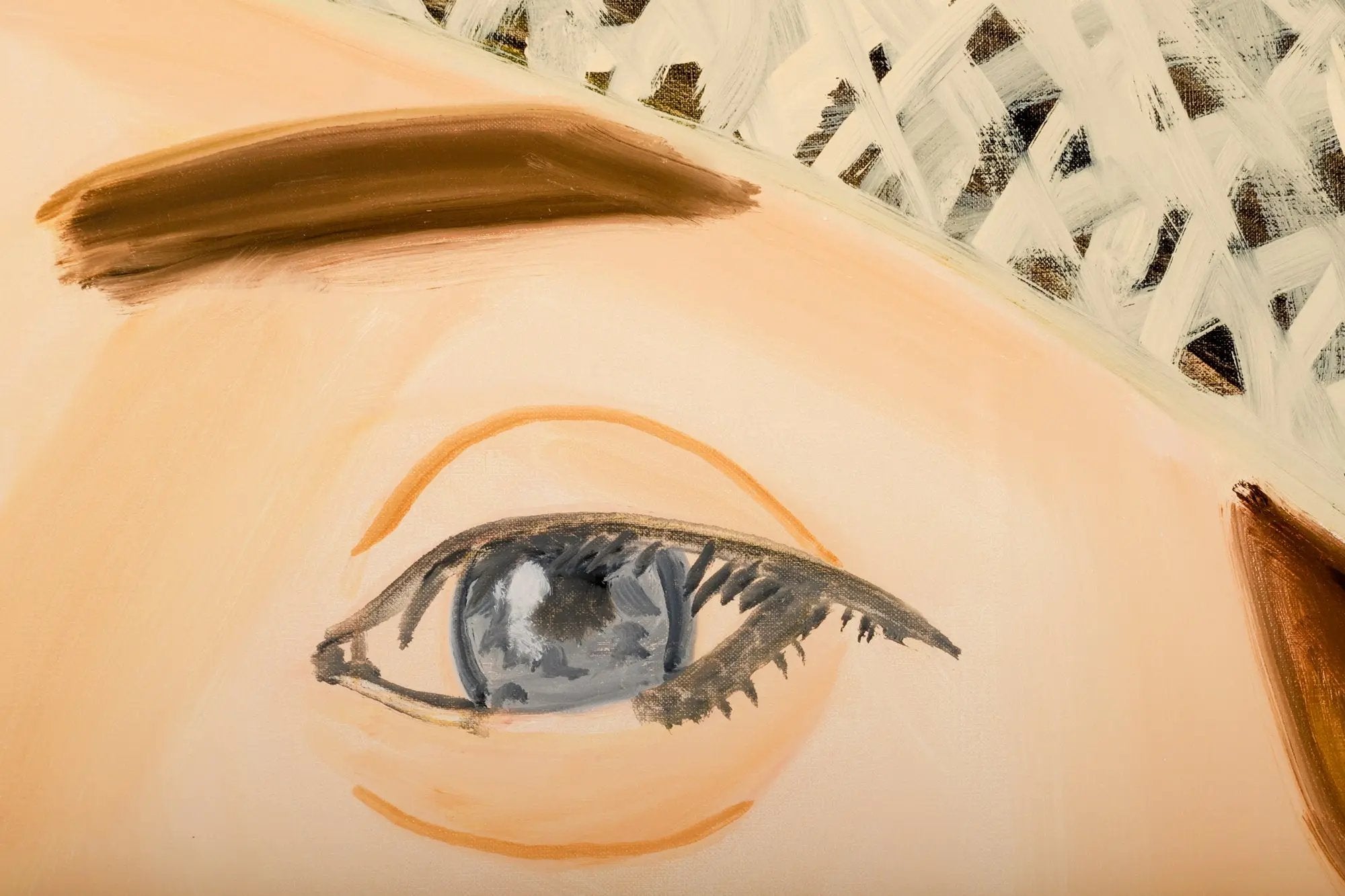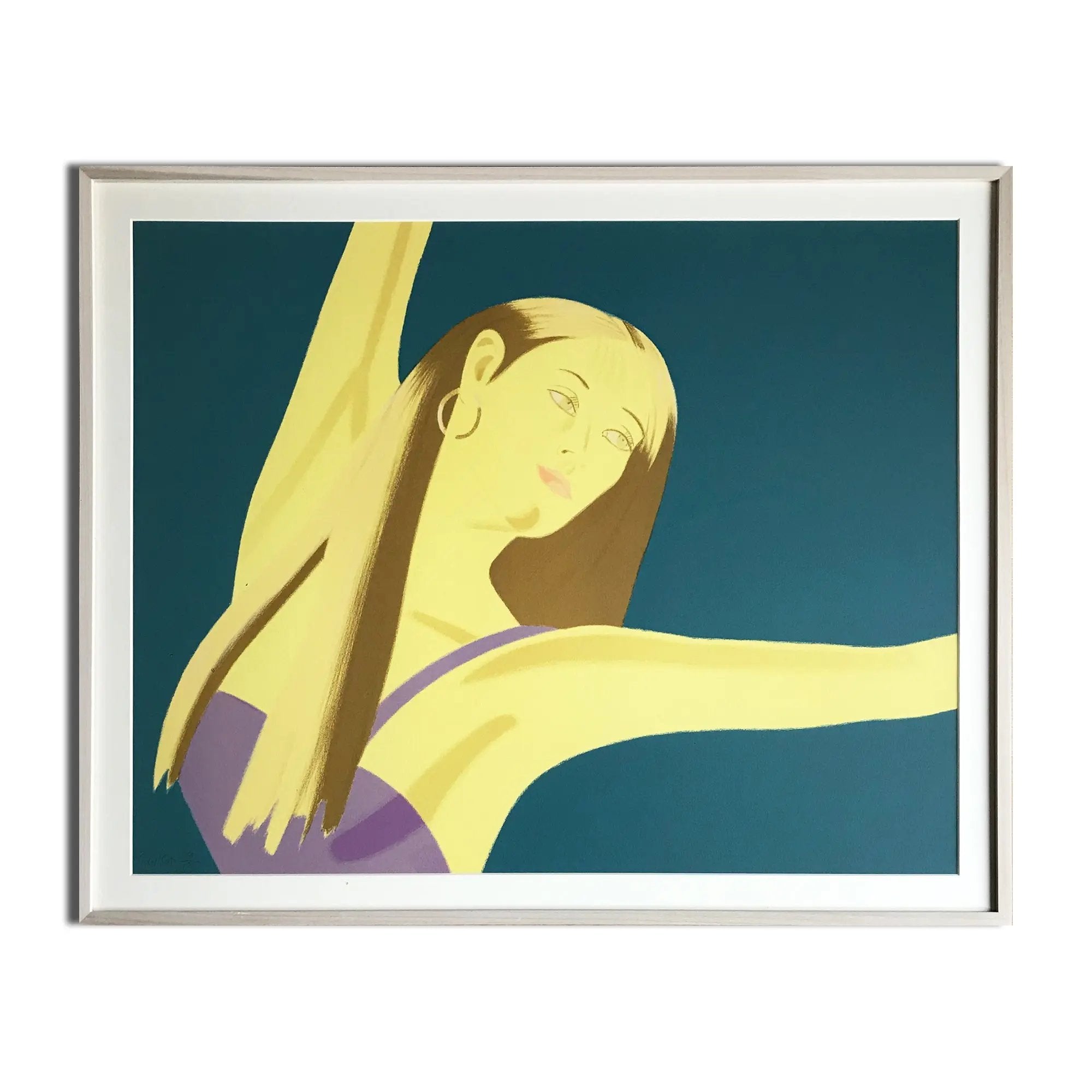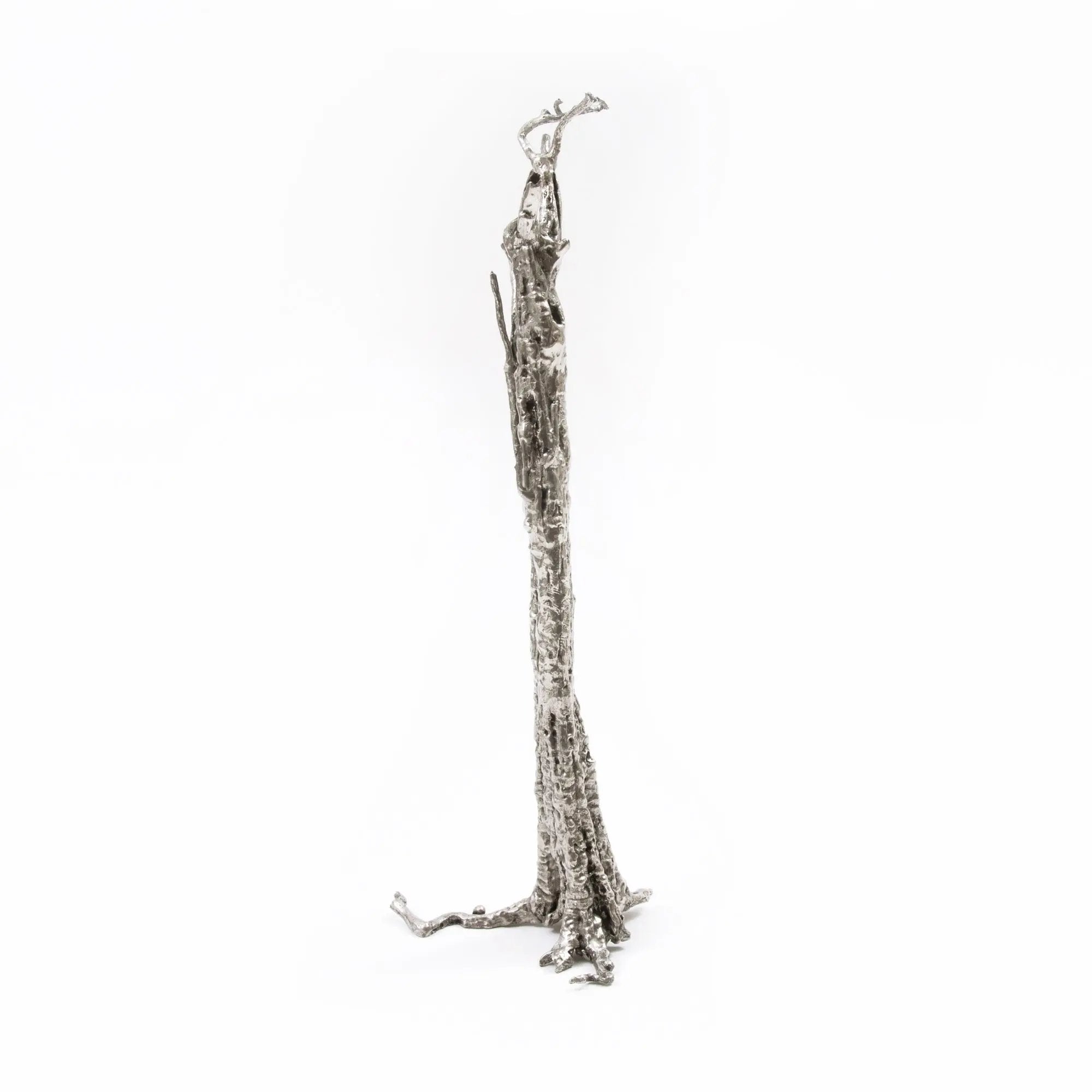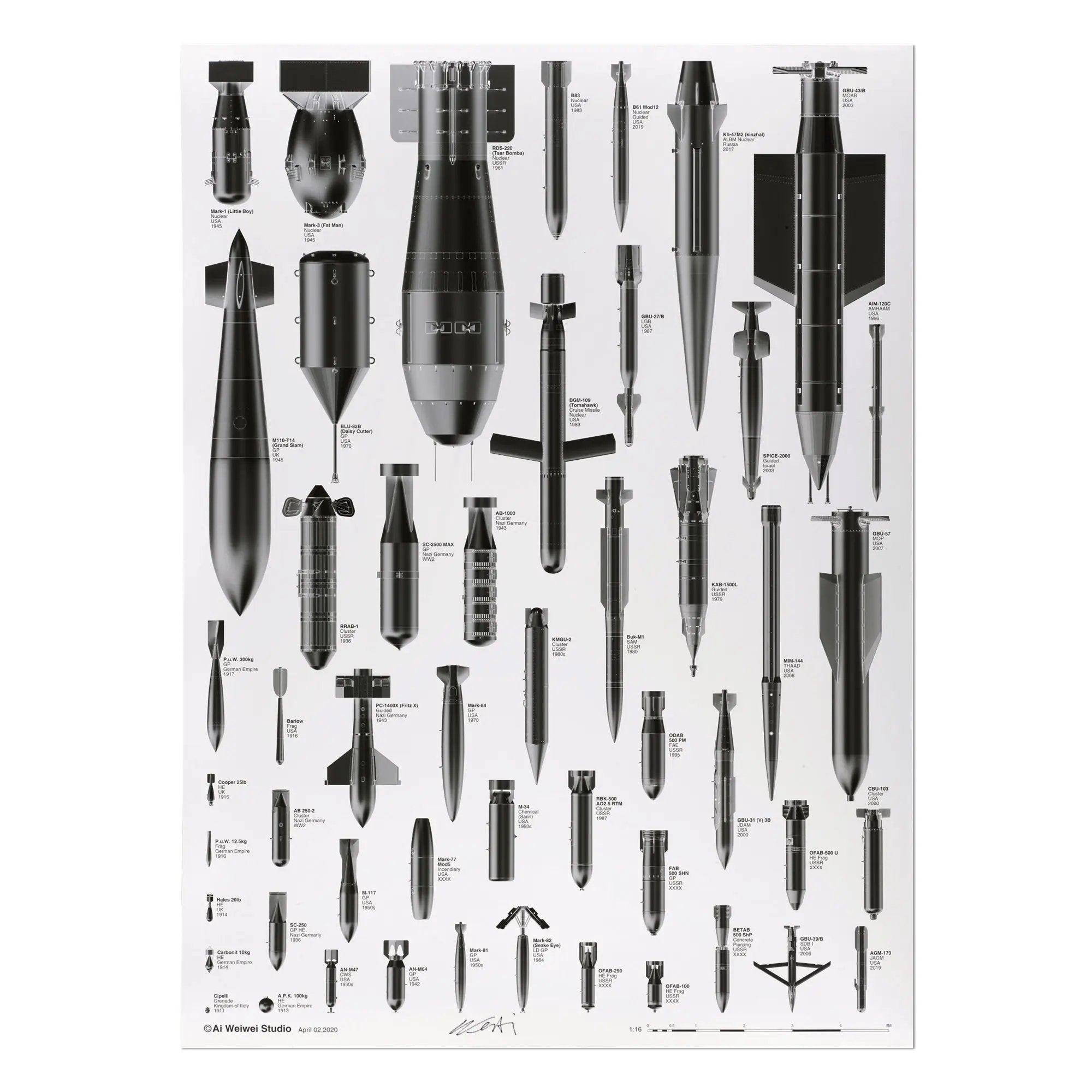
Figurative Art
Figurative art engages with representation, drawing from the observable world to explore forms, objects, environments, and human presence. This collection features art editions that show varied approaches to depiction and narrative.
Filters
199 products
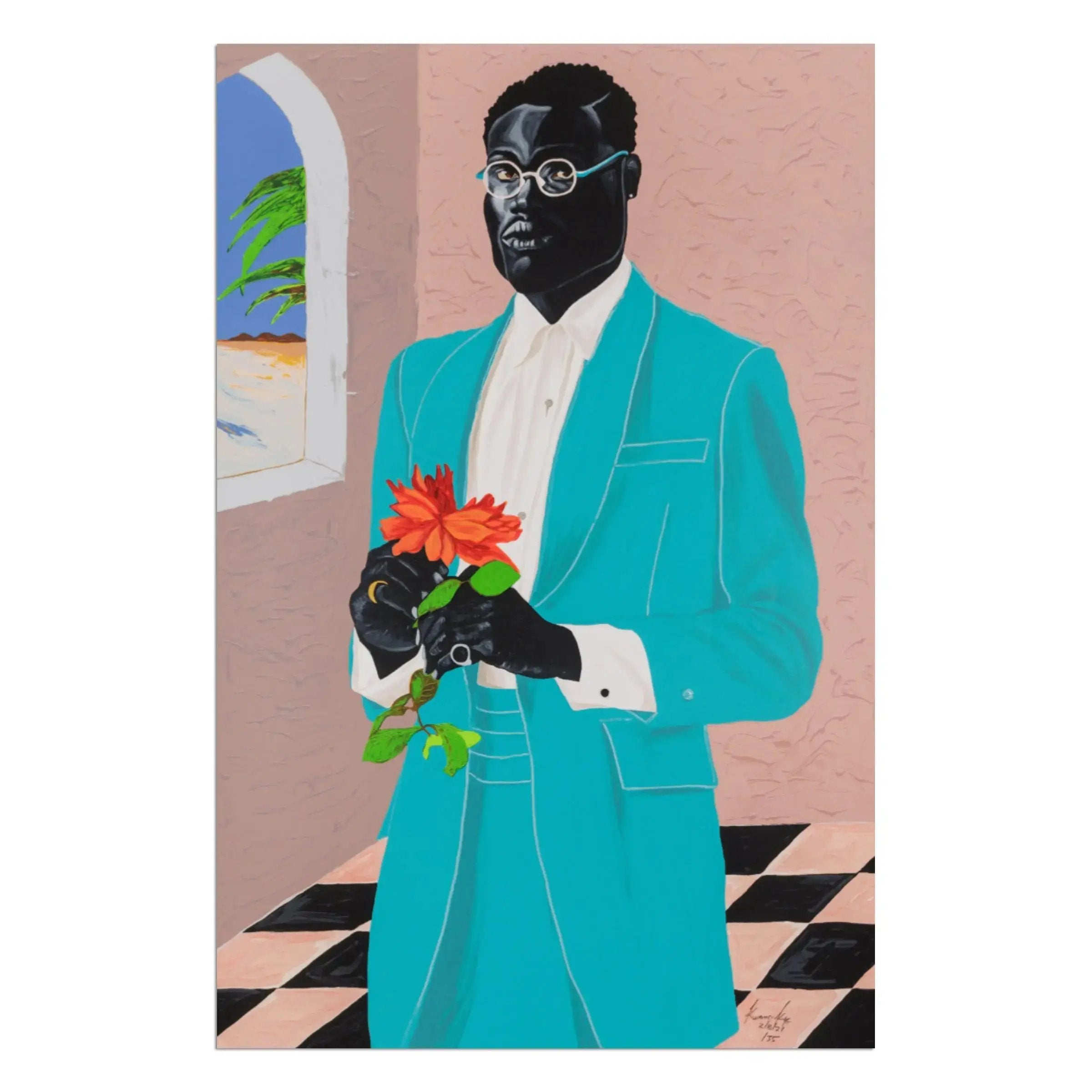
Explore the human form, emotional nuance, and narrative strength through Figurative Art. From expressive drawings to sculptural studies and editioned prints, figuration remains one of the most enduring—and versatile—approaches in contemporary art. Our curated selection of limited edition prints, photographs, and sculptures celebrates the diversity of figurative practices, offering collectors access to museum-quality works by established and emerging artists alike. Whether you’re drawn to classical realism or stylized abstraction rooted in the body, collecting figurative art brings timeless relevance and intimate visual storytelling into your space.

Figurative art refers broadly to artworks that represent real-world subjects—most commonly the human figure—rather than abstract forms. While rooted in centuries-old artistic traditions, figuration has undergone a significant evolution throughout the 20th and 21st centuries. In contrast to earlier academic realism, modern figurative artists have embraced distortion, symbolism, and psychological depth, reinterpreting the body as a vehicle for cultural, political, and personal narratives.
Following the rise of abstraction in the early 20th century, figuration was reasserted by artists like Lucian Freud, Alice Neel, and Francis Bacon—each exploring raw humanity in stark, sometimes unsettling ways. In more recent decades, contemporary artists such as Marlene Dumas, Kerry James Marshall, Dana Schutz, and Lynette Yiadom-Boakye have pushed figuration into new conceptual and sociopolitical territory.
Today, figurative artworks, whether in the form of editioned prints, photographs, or sculptures, remain vital within both private and institutional collections. This enduring relevance is driven not only by the expressive potential of the body, but also by figuration’s unique ability to reflect contemporary identity, memory, and representation.

In recent years, the international art world has seen a powerful return to figurative painting and sculpture, driven by a renewed interest in narrative, subjectivity, and cultural identity. Amid a broader climate of social reflection, artists have turned to the body not as an aesthetic relic, but as a critical site of experience and belonging. Figuration allows for a direct, often intimate engagement with themes of race, gender, sexuality, and history—offering a visible and emotionally resonant counterpoint to the cerebral detachment of conceptual or purely abstract work.
While this current wave has brought greater visibility to previously underrepresented voices—especially Black artists, women artists, and non-Western perspectives—the renewed interest in the figure is not entirely new. In the 1990s, artists such as Peter Doig, Cecily Brown, Luc Tuymans, and Daniel Richter reasserted figuration at a time when post-conceptual and minimalist approaches still dominated institutional discourse. Their works combined painterly experimentation with psychological depth, cultural memory, and visual ambiguity, setting the stage for the wide-ranging figurative renaissance of the 21st century.
In recent years, figures like Amoako Boafo, Jordan Casteel, Salman Toor, and Otis Kwame Kye Quaicoe have brought figurative art into new, urgent conversations. Their practices center marginalized identities while challenging the historical hierarchies of the Western art canon. Through bold portraiture and symbolic mise-en-scène, they use figuration as a vehicle for inclusion—foregrounding personal narratives, diasporic experiences, and cultural specificity with striking immediacy.
Far from signaling a return to tradition, today’s figurative art marks a vital reorientation of values. It offers artists a means of claiming space, revising history, and asserting presence—all while reaffirming the enduring visual and emotional power of the human form.
Explore the human form, emotional nuance, and narrative strength through Figurative Art. From expressive drawings to sculptural studies and editioned prints, figuration remains one of the most enduring—and versatile—approaches in contemporary art. Our curated selection of limited edition prints, photographs, and sculptures celebrates the diversity of figurative practices, offering collectors access to museum-quality works by established and emerging artists alike. Whether you’re drawn to classical realism or stylized abstraction rooted in the body, collecting figurative art brings timeless relevance and intimate visual storytelling into your space.
Figurative art refers broadly to artworks that represent real-world subjects—most commonly the human figure—rather than abstract forms. While rooted in centuries-old artistic traditions, figuration has undergone a significant evolution throughout the 20th and 21st centuries. In contrast to earlier academic realism, modern figurative artists have embraced distortion, symbolism, and psychological depth, reinterpreting the body as a vehicle for cultural, political, and personal narratives.
Following the rise of abstraction in the early 20th century, figuration was reasserted by artists like Lucian Freud, Alice Neel, and Francis Bacon—each exploring raw humanity in stark, sometimes unsettling ways. In more recent decades, contemporary artists such as Marlene Dumas, Kerry James Marshall, Dana Schutz, and Lynette Yiadom-Boakye have pushed figuration into new conceptual and sociopolitical territory.
Today, figurative artworks, whether in the form of editioned prints, photographs, or sculptures, remain vital within both private and institutional collections. This enduring relevance is driven not only by the expressive potential of the body, but also by figuration’s unique ability to reflect contemporary identity, memory, and representation.
In recent years, the international art world has seen a powerful return to figurative painting and sculpture, driven by a renewed interest in narrative, subjectivity, and cultural identity. Amid a broader climate of social reflection, artists have turned to the body not as an aesthetic relic, but as a critical site of experience and belonging. Figuration allows for a direct, often intimate engagement with themes of race, gender, sexuality, and history—offering a visible and emotionally resonant counterpoint to the cerebral detachment of conceptual or purely abstract work.
While this current wave has brought greater visibility to previously underrepresented voices—especially Black artists, women artists, and non-Western perspectives—the renewed interest in the figure is not entirely new. In the 1990s, artists such as Peter Doig, Cecily Brown, Luc Tuymans, and Daniel Richter reasserted figuration at a time when post-conceptual and minimalist approaches still dominated institutional discourse. Their works combined painterly experimentation with psychological depth, cultural memory, and visual ambiguity, setting the stage for the wide-ranging figurative renaissance of the 21st century.
In recent years, figures like Amoako Boafo, Jordan Casteel, Salman Toor, and Otis Kwame Kye Quaicoe have brought figurative art into new, urgent conversations. Their practices center marginalized identities while challenging the historical hierarchies of the Western art canon. Through bold portraiture and symbolic mise-en-scène, they use figuration as a vehicle for inclusion—foregrounding personal narratives, diasporic experiences, and cultural specificity with striking immediacy.
Far from signaling a return to tradition, today’s figurative art marks a vital reorientation of values. It offers artists a means of claiming space, revising history, and asserting presence—all while reaffirming the enduring visual and emotional power of the human form.




Buy art online
Shop art editions online with transparent pricing, accurate condition reports, and fast dispatch. Designed for international collectors, we make buying limited edition prints and artworks simple, secure, and reliable.
Worldwide shipping
We ship art editions worldwide with full insurance and tracking. Handled only by trusted international carriers, each shipment is securely packaged and typically dispatched within 5 days.
Professional packaging
Every artwork is packaged to the highest professional standards. Using solid multi-layer cardboard and protective materials, we ensure your art editions arrive safely and in excellent condition.
Secure payment
Buy with confidence using secure, encrypted payments backed by advanced fraud protection. Every transaction is processed with trusted technology, ensuring a smooth and worry-free checkout for collectors worldwide.

